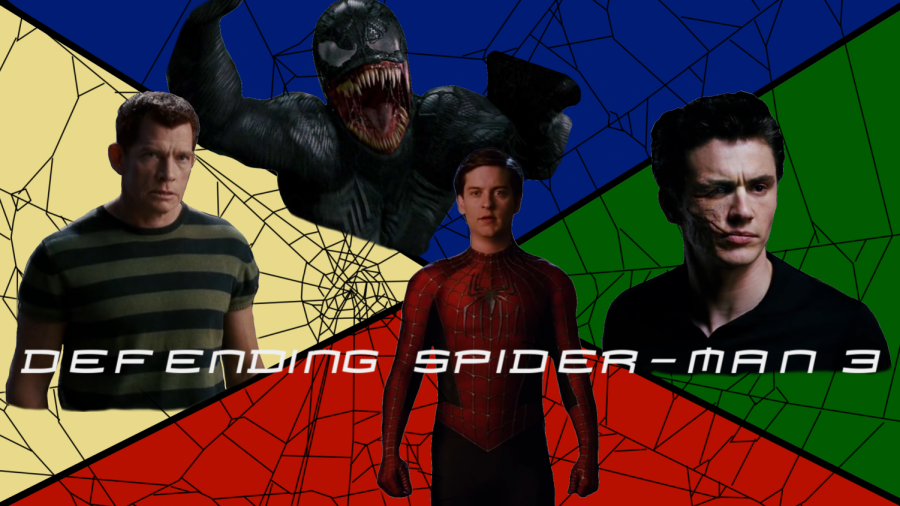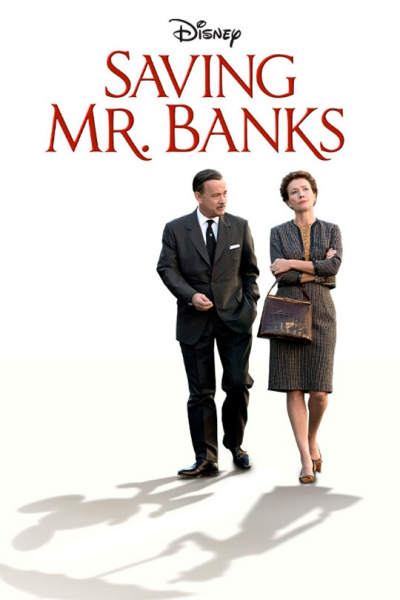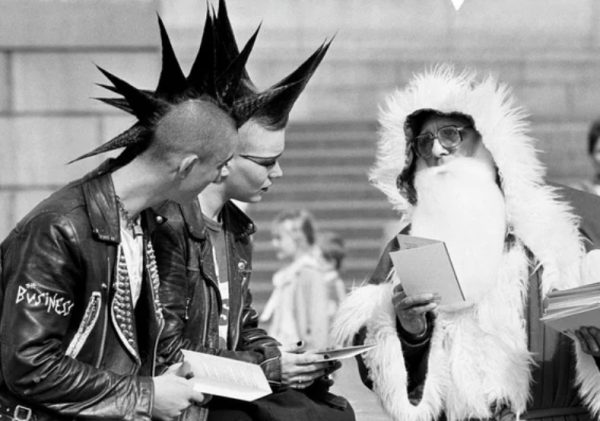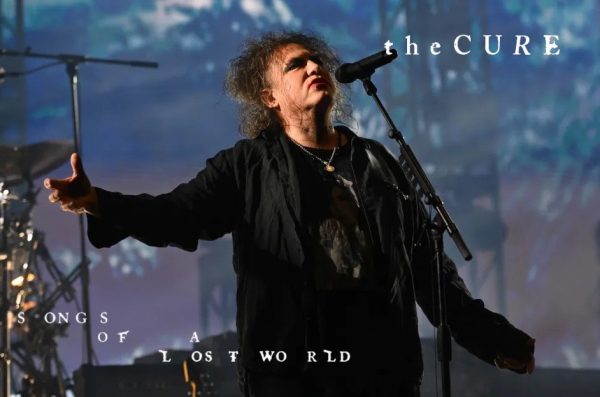Spider-Man 3: In Defense of a Hated Film
When you think back to the Tobey Maguire Spider-Man trilogy, it’s quite easy to write all three films off as bad. But the truth is, Spider-Man and Spider-Man 2 have aged fairly well, both in their storytelling and their visual effects, considering they were both released over a decade ago.
But one piece of that trilogy looms in the background, something people often write off – Spider-Man 3. The film that “ended the Maguire Trilogy”. Since its release in 2007, many critics and fans have claimed that it’s the worst film in the Maguire trilogy, and that it’s one of the worst superhero films of this last decade.
However, those claims do not hold any truth. Whenever someone says why Spider-Man 3 is terrible, they’ll often point to the infamous “dancing scene”. In said scene, Peter Parker, who’s psyche is being altered by the Venom Symbiote, who has had his ego inflated and thinks he’s much cooler than he actually is, and he dances several times over the course of several minutes.
On a surface level, to some, the scene may seem cringeworthy, or full of hammy acting, or poorly written, but the scene is actually hiding a subtle brilliance. The Venom Symbiote is having Peter enact his idea of what a “cool person” would do, without realizing it makes him look really weird, because no normal human would do what he did in that scene. Rather than this scene being literal, it’s more metaphorical than it lets on.
Something many people have problems with is Eddie Brock, played by Topher Grace. Grace actually did a fantastic job portraying the character. As Eddie Brock, he does a great job acting weaselly and pathetic. This is a welcome change to the typically obnoxious, bodybuilder-looking Eddie Brock from the comics.
In the comics, Eddie Brock has always been meant to be a direct mirror of Peter Parker, only evil. Having an Eddie Brock that’s closer in build to Peter Parker makes more sense, and then having a Venom that looks physically stronger than Spider-Man also makes sense, from a visual storytelling standpoint.
I quite enjoy Eddie’s personality shift, going from a pathetic jerk to a violent egomaniac who becomes dependent on the Venom Symbiote. Spider-Man 3’s Symbiote almost functions as an allegory for drug addiction, as Eddie Brock, after being ripped out of Venom by Peter, died trying get back to the creature while a bomb was exploding in the middle of the alien creature.
The director, Sam Raimi, is known for campy horror movies, like Evil Dead 2. This expertise in the horror genre has lent itself quite well to his Spider-Man trilogy. In the third installment, there’s a fair amount of fantastic imagery throughout the film. This applies not only to the horror parts with Venom and the Symbiote, but also to characters like Sandman.
For example, the bell tower scene, or the final fight scene, when Venom is hiding from Peter, waiting to strike. As for Sandman, the scene that serves as the very creation of the villain is beautifully crafted, both showing sadness and hatred.
Spider-Man 3 is a far more emotional than people think it is. It’s a story of loss, jealousy, revenge, anger, but it’s also of story of repentance, love, and forgiveness. Many story beats cover these. Spider-Man letting his anger get the better of him and trying to kill Sandman, Sandman (otherwise known as Flint Marko) trying to help his daughter who has cancer, or even Harry’s death, caused indirectly by Peter at the film’s big final battle.
A large amount of the film works even better than most people think it does. Spider-Man 3, unlike its predecessors, is more metaphorical in nature. Another big criticism of the film is that it tries and fails to balance three villains. I think it balances them quite well, actually. Harry Osborn’s three-movie-long character arc comes to fruition when he becomes the New Green Goblin.
Sandman is set up within the first act and has real reasons for being a criminal and for hating Spider-Man, since he’s trying to stop Marko from committing crimes that would get him money to help his daughter. Eddie Brock is given reasons to hate Peter and Spider-Man, and while they may not be the best of the three villains, they still work fairly well.
Harry Osborn is a strange villain; technically speaking, but he’s also the best one. He torments Peter, makes his ex-friend think he cares about his problems, and pretends to console him, and then turns around to tell Peter’s girlfriend to emotionally weaken Peter, or she’ll die. Sandman and Venom are good traditional villains, good for the big fight scenes, but Harry is a villain that is best used in the psychological scenes.
Each villain had at least one solid reason to be a villain, and two of the three actually experienced redemption arcs. I even enjoyed Eddie Brock, for as rushed as his character feels at points. Each of the villains play a part in the film, and for the most part, all of them work fairly well within the confines of the same movie.
Spider-Man 3 isn’t the disastrous film everyone thinks it is; there are quite a few positives to it. And while the dancing scene is cringeworthy and difficult to watch, it’s what that scene represents, metaphorically, that matters. I believe that while it may not be as good as its predecessors, Spider-Man 3 is a much better film than people give it credit for, and even with all its negatives, the film still holds up in many places, even to this day.

I am a Senior in high school. My hobbies include writing fictional stories, playing video games, drawing, and taking photographs. My favorite of those...










